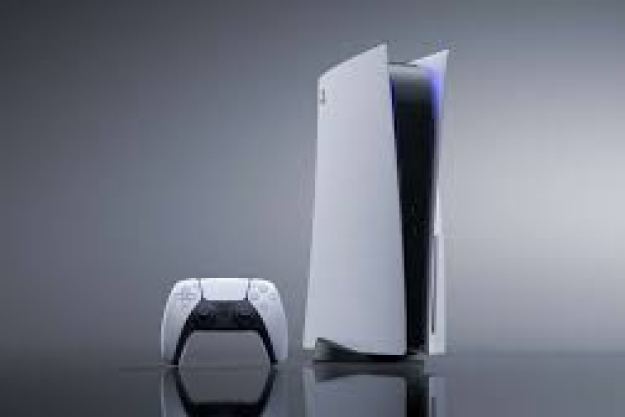
HDR-ready
The new model PlayStation VR headset, which will be labeled “CUH-ZVR2” in stores, will allow users with an HDR-capable television to use the technology even when PlayStation VR is connected between their PlayStation 4 and their screen. This is due to an updated processor unit — the breakout box included with the headset — which supports pass-through. This change will make no difference to the PlayStation VR gaming experience itself, but users will no longer have to unplug the box so they can experience HDR on their television. The headset must be off in order for this to work, so your friend watching you play a VR game on the television won’t be able to see HDR.
The update shouldn’t have any effect on the use of HDMI splitters or switches, however, as the PlayStation VR’s is particularly picky about “handshaking” with signals. If you can spare an HDMI port on your television, that will be the better option.
Less mess

The original PlayStation VR headset featured several different cables, including multiple HDMI cables, a power cable running from the breakout box to the power outlet, and a USB cable. This will be slightly streamlined in the newer model, with a “slimmer, streamlined connection cable” coming from the headset with integrated stereo headphone cables, so you won’t have such a tangled mess whenever you stick in your earbuds.
However, because of the different design, you won’t be able to swap in the updated processor unit for use in your original PlayStation VR headset. This means HDR pass-through is still off the table.
Any more power?
The updated PlayStation VR headset doesn’t appear to offer any better performance for existing games, as its new processor unit has only been changed to allow for HDR. Currently, the only way to enhance the performance of your PlayStation VR games is to run them on a PlayStation 4 Pro instead of a standard PlayStation 4.
When is it out, and for how much?
Sony hasn’t given a release date for PlayStation VR CUH-ZVR2 as of yet, only saying that it will “share details on the launch timing in North America at a later date.”
Both models will continue to be sold at first, and for the same price, but they will be differentiated by the model numbers on the box, as well as an updated product image showing the changed features.
PlayStation VR recently saw a price cut, with its standard package coming with a PlayStation Camera for $400. A bundle also containing PlayStation VR Worlds and two PlayStation Move controllers will set you back $450, down from the original $500 at launch.
Editors' Recommendations
- PlayStation 6: release date speculation, price, specs, and more
- PlayStation VR2 production reportedly paused by Sony
- PC compatibility for the PlayStation VR2 is being tested by Sony
- PS5 slim vs. PS5: everything you need to know about the new PS5 model
- PlayStation boss Jim Ryan is stepping down, with successor yet to be named


